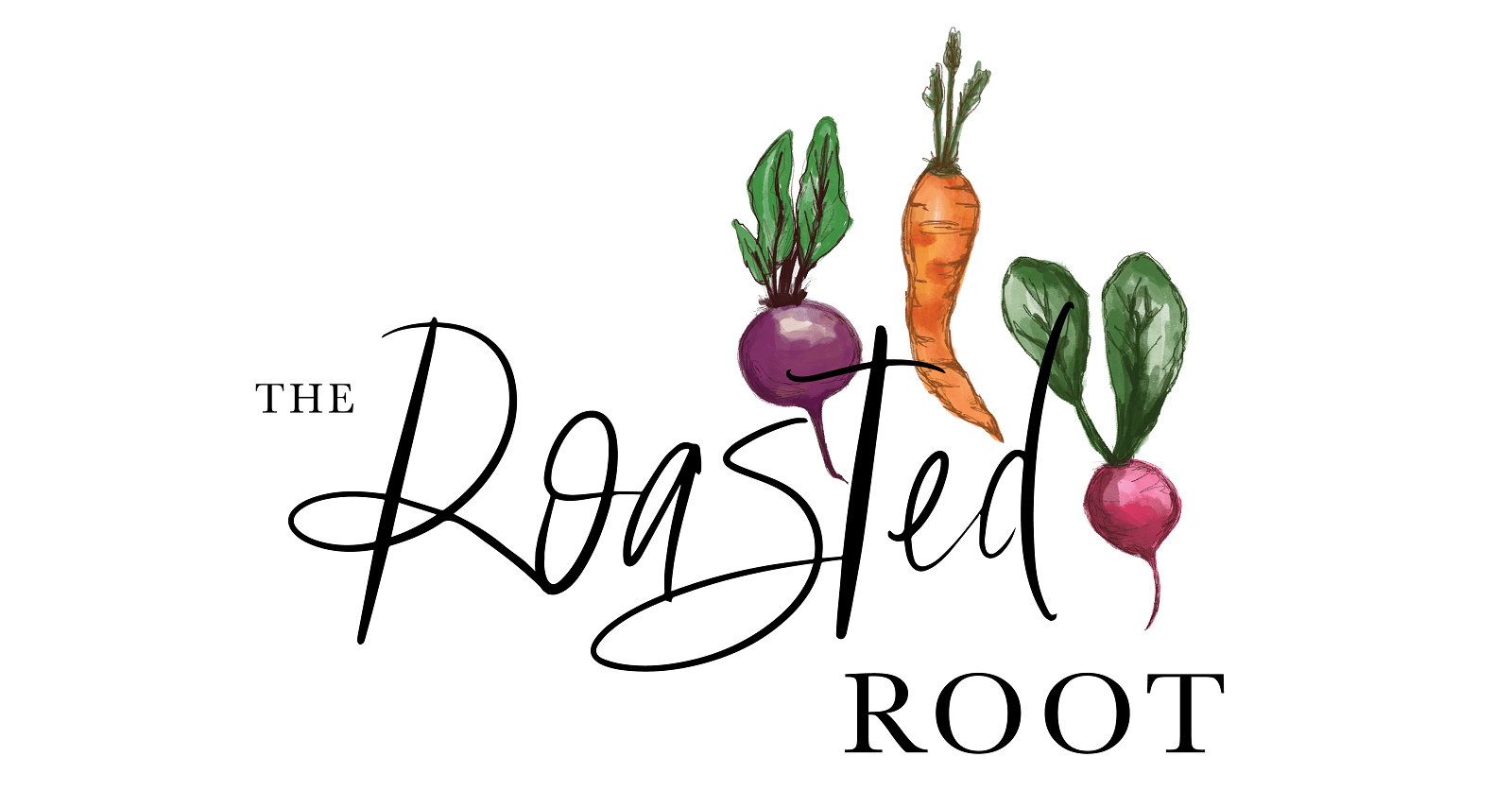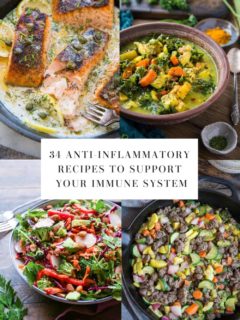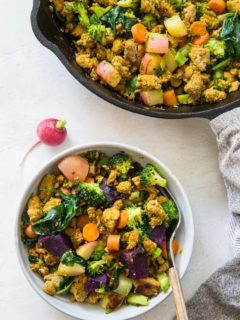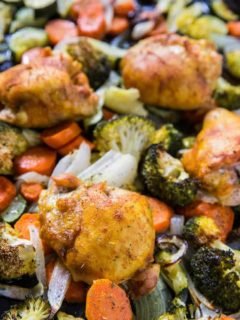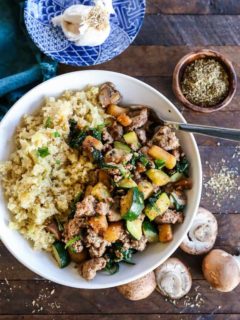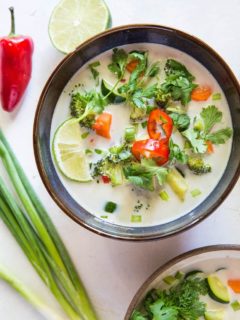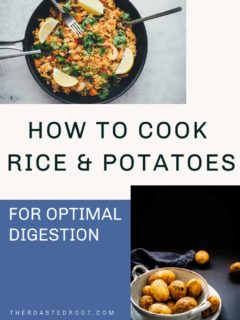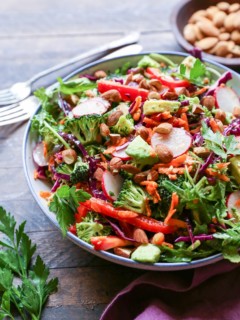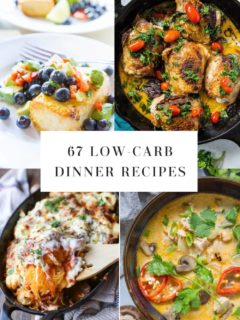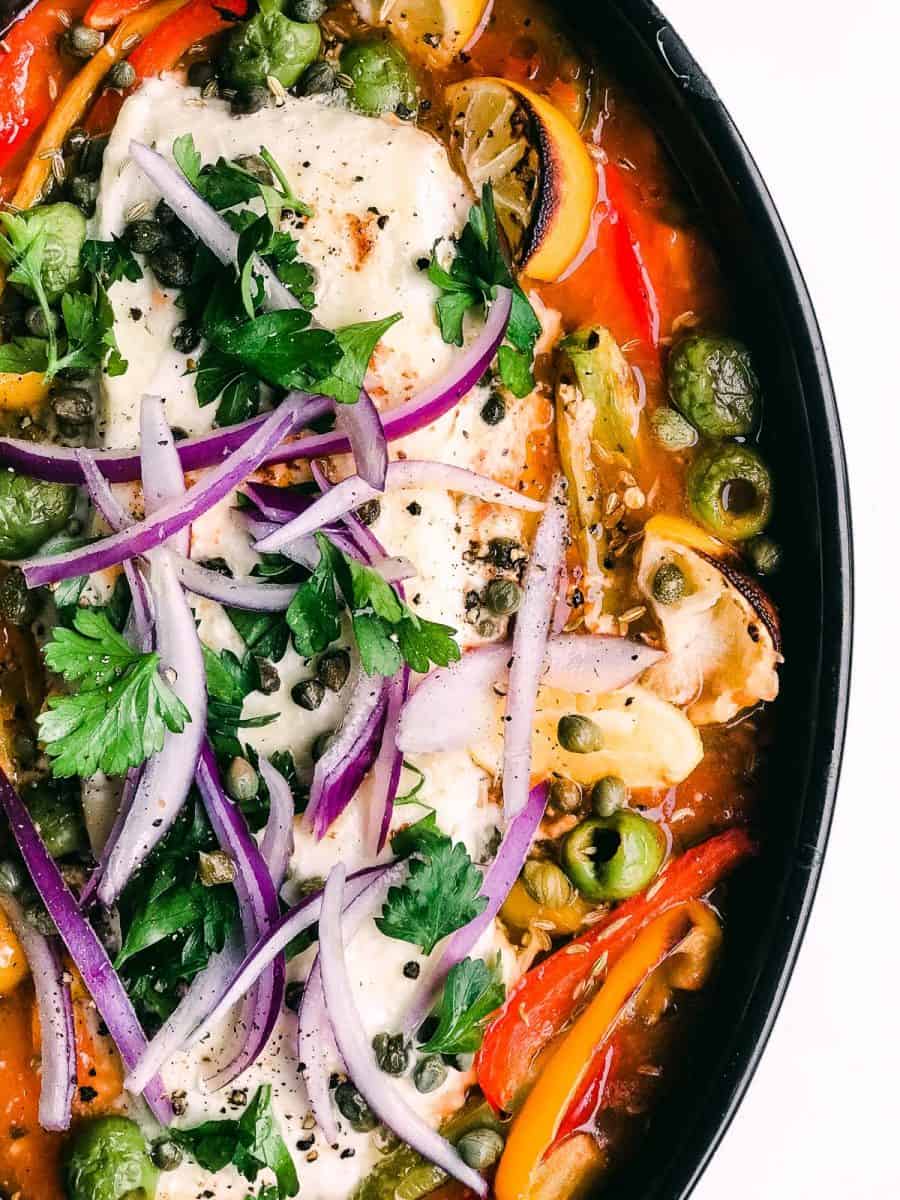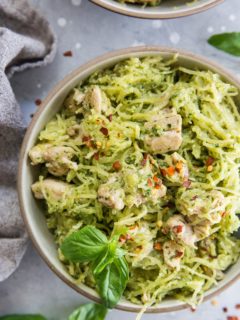How to cook rice and potatoes for optimal digestion. Preparing rice (and other grains), potatoes, legumes, nuts and seeds properly unlocks the nutrients and ensures they aid rather than hinder digestion.
There continues to be debate in the health community as to whether or not rice and potatoes are considered “healthy.” Are they pro-inflammatory and raise blood sugar? Do they irritate the gut lining? Are they too full of “empty” carbs?
The paleo community has long debated whether or not either or both are permissible, because while both have been a part of the human diet for over 3,500 years, both contain lectins, which can cause gastrointestinal issues or autoimmune flairs when they aren’t properly prepared.
I wrote an article titled Is Rice Paleo?, where I go into detail about the downsides of various types of rice (white, brown, wild, forbidden, etc), versus the potential health benefits. Check out the article if you want a deep dive into rice and why it could both be considered potentially harmful or healthful.
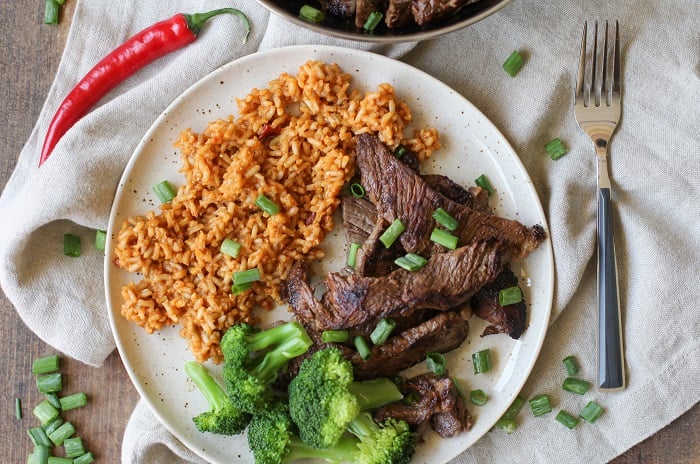
The heated debate on rice and potatoes goes back to lectins (which are bad) and resistant starch (which is good). Fortunately, the way we prepare rice and potatoes can largely destroy active lectins and also make the resistant starch easier to digest, improving gut health and promoting regular bowel movements.
First, let’s discuss lectins and resistant starch.
What are Lectins?:
Lectins are proteins that bind to carbohydrate and serve as anti-nutrients. The purpose of lectins is to protect the plant from digestion so that if an animal were to eat it, the plant can survive the digestive process and still germinate after defecation.
Lectins are found in grains, potatoes, legumes, nuts, and seeds.
When consumed raw or undercooked, lectins in their active state can cause interfere with the absorption of minerals, especially calcium, iron, phosphorus, and zinc. Phytohaemagglutinin, a type of lectin found in undercooked kidney beans, cause red blood cells to clump together. It can also produce nausea, vomiting, stomach upset, diarrhea, bloating and gas.
Lectins can bind to cells lining the GI tract, which may disrupt the breakdown and absorption of nutrients. It can also affect the growth of intestinal flora. Because lectin proteins bind to cells for long periods of time, they can potentially cause an autoimmune response and inflammatory conditions like rheumatoid arthritis and type 1 diabetes.
The good news is, boiling lectin-containing foods deactivates the lectins, thereby removing the anti-nutrient property from them. The kicker is, they must be properly boiled or cooked, lest some of the lectins remain.
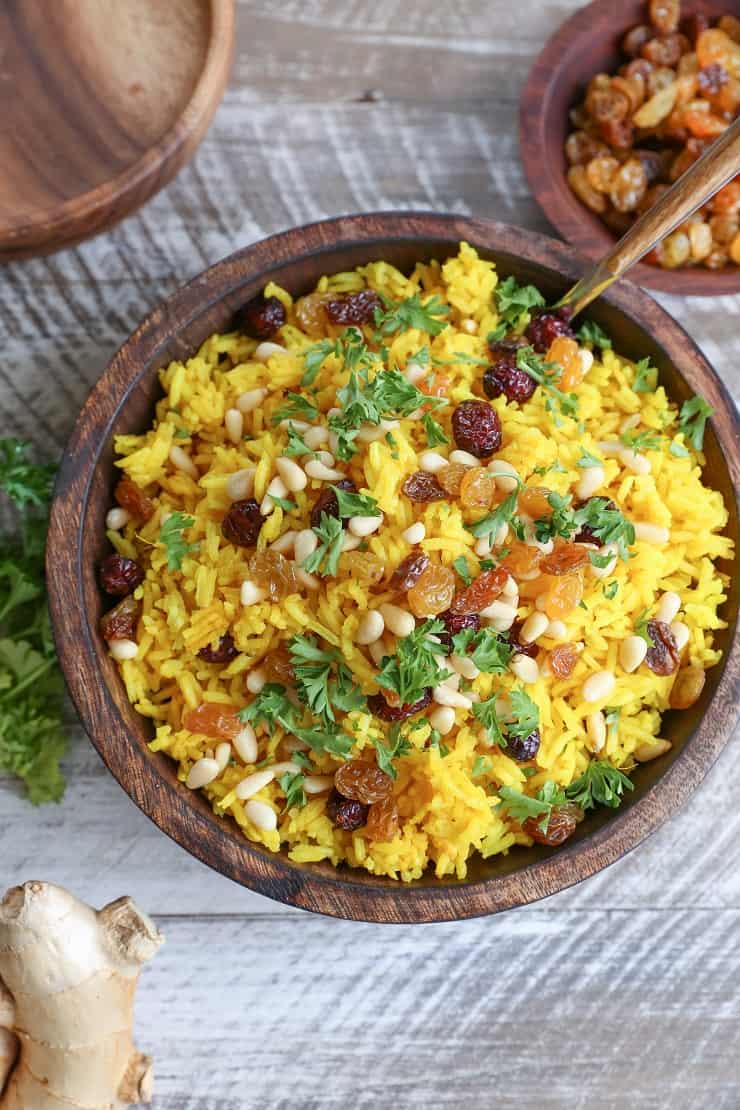
What is Resistant Starch?
Resistant starch plays an important role in digestion. Resistant starch is called such because it is resistant to digestion. It moves along your digestive system and arrives in your colon intact.
Resistant starch may help prevent colon cancer (due to its ability to bind food together to help it move through your body), improves your insulin resistance, makes you feel full and helps you sleep at night. We need both digestible and indigestible foods in order to keep our bowel movements regular and well-formed.
Now that we’ve covered the cons (lectins) and the pros (resistant starch and easy-to-digest carbohydrate), let’s discuss how to cook rice and potatoes for optimal digestion.
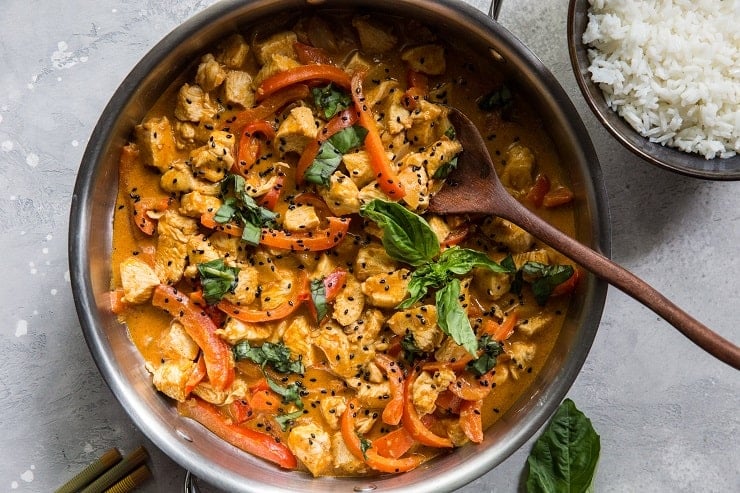 Which Foods Freeze & Reheat Well?:
Which Foods Freeze & Reheat Well?:
